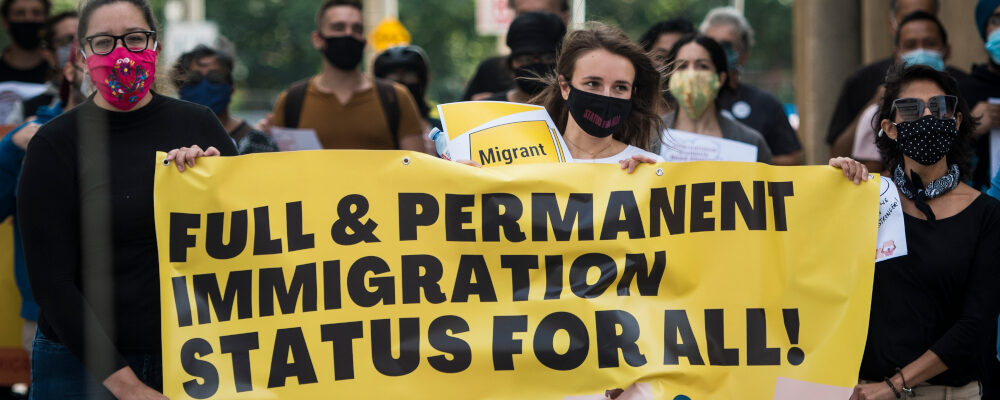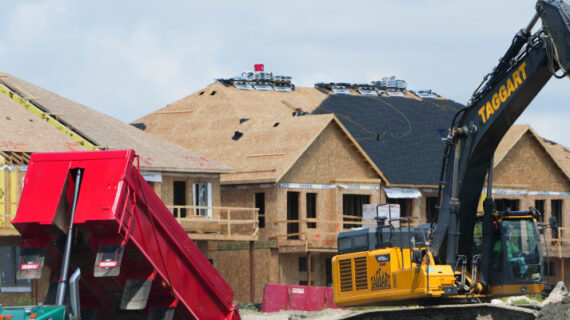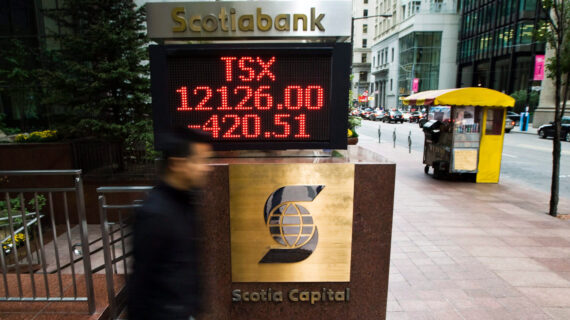Immigration Minister Sean Fraser recently announced a plan to welcome half a million new permanent residents annually to Canada by 2025.
A laudable goal, and one that plays to Canadians’ positive attitudes towards newcomers and the diversity that has become a core part of our identity over the last sixty years.
A recent Environics survey of 2000 Canadians showed 69 percent support for current immigration records; cynically you might argue this is aided by humanitarian tales of Afghan and Ukrainian refugees and the positive press generally around immigration, but it’s likely more reflective of national pride in something Canada has historically done better than our peers.
Beyond tolerance, we take delight in the cultural variety and economic benefits that accompany every new Canadian. It is a part of every elementary school student’s curriculum and an article of faith for many Canadians.
But while the minister’s plans are worthy of praise, that faith could be jeopardized by the troubling reality of capacity gaps in our ability to properly welcome new immigration.
In too many areas, Canadian institutions and economies fall short of being able to effectively empower new Canadians, ultimately disadvantaging them and those who are already here.
Consider the backlog of immigration files our government already has on its hands.
Of the 2.6 million total applications for temporary or permanent residence or for citizenship in backlog, nearly 1.5 million fall outside the government’s own service standards.
Of the 40,000 refugees Ottawa committed to resettling in August of 2021, fewer than 23,000 had arrived by this past October. Procedural and bureaucratic barriers have left key allies hiding in fear—victims of an all too Canadian prioritization of process over results.
And then there is the deficit of our intergovernmental relations, the most glaring example being Quebec’s insistence on limiting its own immigration and being as unwelcoming as possible to specific communities. Beyond Quebec, a rise in provincial sovereignty movements across the prairies weakens the federal government’s ability to direct national immigration with a centralized strategy. In a sluggish economy with little growth, the new Canadian who could have been a tool could become a crutch if dropped arbitrarily, absent of a bigger picture.
The list goes on. Our inability to recognize foreign credentials and work experience. A lack of accessible family doctors. And let’s hope the children of these new Canadians don’t get a sore throat or runny nose.
But the most pressing hurdle is our country’s housing gap. According to a Scotiabank report released in January, Canada’s population-adjusted housing stock is the lowest in the G7.
Provincial and federal governments seem to appreciate the severity of the issue; each making semi-regular announcements on policies to get more housing built. But whether we have the labour and materials needed to build sufficient housing to service our current needs is an open question—even before accounting for an additional million Canadians every two years.
Taken together, a picture emerges that’s difficult to stomach: eager newcomers being dropped into communities that can’t support them, by bureaucrats so behind schedule and without the time or apparatus to consult with provincial partners, that foresight and planning is an afterthought.
Imagine the disappointment they will feel, navigating that process. And imagine, too, the potential for our sunny disposition to newcomers to grow into something less welcoming.
As more Canadians see their housing options dry up, it will be tempting for elements of both political fringes to position immigration as a scapegoat. With gaps in our ability to set immigrants up for success, the government would make it even easier for that message to resonate with disaffected Canadians.
Of course, one silver lining of rapid immigration increases in the near term is it will give us the opportunity to identify and fix these problems before the challenges that face us in the decades ahead. Even the most conservative accepted forecasts for climate change point to mass waves of migration from extreme weather and resulting conflicts.
Large parts of Canada, blessed as we are with a geography that will be insulated from climate change’s worst effects, will almost certainly see much of that migration. Our ability and willingness to accept the world won’t determine whether they will come (they will), but it will determine what kind of a country we will be; whether we are the beacon our teachers taught us we were, or something worse.
This government’s intent to increase immigration is a fulfillment of one of the best myths we have about ourselves, but to stay true to that ideal, this government must uncharacteristically go beyond the announcement and fix the creaking institutions and economies that immigrants deserve to be welcomed with.
Failure to do so isn’t fair to tomorrow’s Canadians or today’s.




